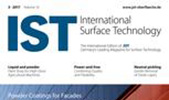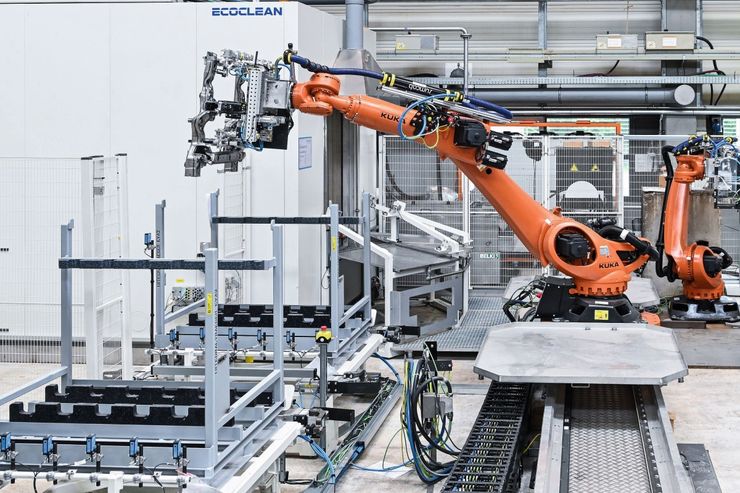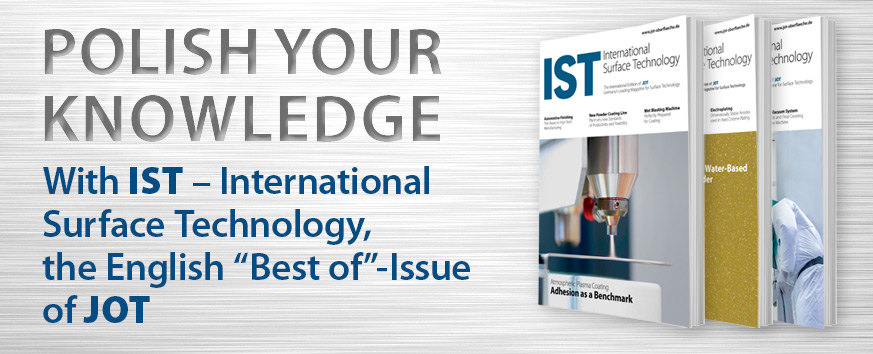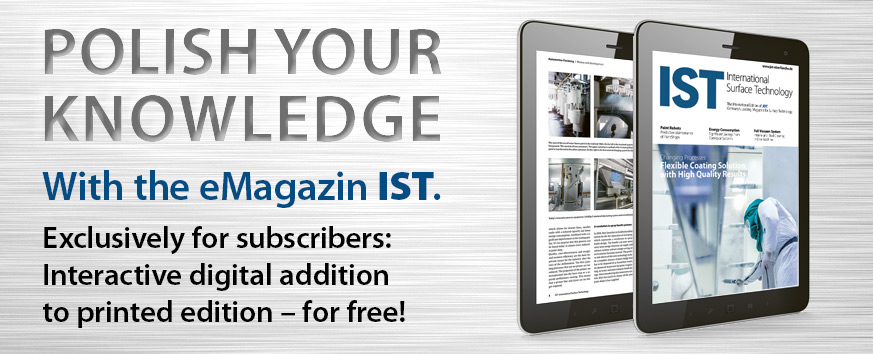Electric and hybrid vehicles are changing the way vehicles are built in ways that go far beyond the drive technology. For example, due to the weight of the battery, integral subframes now need a higher load-bearing capacity. The redesign of these axle components is also prompting many vehicle manufacturers to reconsider and reassess their production processes. One of these processes is the cleaning step to remove impurities such as silicate islands, scale and smoke residues formed during welding; these can cause major quality issues in the subsequent cathodic dip painting process and lead to corrosion damage. The cleaning technology generally used is blasting with a solid medium, for example corundum. To remove dust and abrasive residues from the parts prior to cathodic dip painting, another cleaning step in a separate machine is required. These conventional blasting processes with an additional aqueous cleaning step are wear-intensive and costly. Therefore, when designing a new production line for integral subframes, the project planner of a renowned German OEM sought information about ways to optimize this cleaning process. On the one hand, the aim was to clean weld seams with same or better results, but cheaper, with less maintenance, and saving on resources. On the other hand, the dust pollution occurring in the vicinity of the solid-state blasting machines due to fragmented abrasive needed to be eliminated in order to improve working conditions.
Removing welding residues without abrasives
The planner found what he was looking for with Ecoclean’s EcoCbooster technology. The process employs medium-pressure water jetting in the range between 300 and 700 bar without addition of abrasives. Through the use of ultrasound, the pre-stressed column of water turns into an ultrahigh frequency pulsating water jet after exiting the nozzle. This imparts a much higher kinetic energy to the jet, such that it reliably and reproducibly eliminates silicate and weld spatter as well as scale and smoke residues from the surfaces in a clearly defined operating window. Feed rates of up to 800 mm/s are possible, with a robot moving either the workpiece or the nozzle tool. This not only noticeably decreases investments related to the cleaning process, but also ensures more competitive unit costs because operating costs are significantly reduced. The part is also cleaned at the same time the welding residues are removed, thus dispensing with the need for an additional cleaning step and the corresponding machine. Another factor contributing to the high economic and resource efficiency of the process is the effective treatment of the process water, which is mixed with a corrosion protection medium so that it can be recirculated for a long time.
The complete article was published in IST 02/2021.
Autor(en): Joachim Ritter, Ecoclean GmbH




